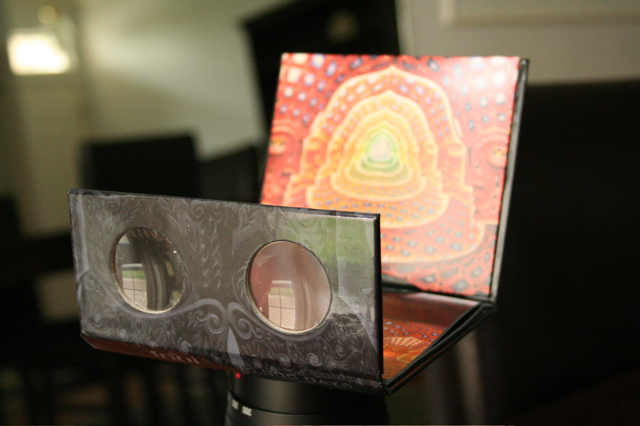When it comes to music recording and studios I’m a total geek. Half the reason I read liner notes is to find out where, how and by whom something was recorded. I wanna know how things were miked. Where the instruments were set up. What gear was used. Who pushed the faders. All that. I wanna know what video games the band played in the lounge and what sub shop next door they ordered take out from. Over the years I’ve learned a lot about everything from legendary studios to personal artists’ basement setups. I still couldn’t record my way out a paper bag mind you – I have no actual technical skills – but I get off on reading about the process and am a huge believer in the notion that the character, physical characteristics, vibe – and the ghosts – that imbue a place can have a huge influence on the recording undertaken therein.
Dave Grohl is in the process of making a documentary about the legendary but unsung Sound City Studios in Van Nuys, CA. Tucked away in an unassuming warehouse park, Sound City has hosted Fleetwood Mac, Neil Young, Nirvana (yes, for THAT record), Metallica, Tom Petty, Elton John, Cheap Trick, Nine Inch Nails, Rage Against the Machine, Red Hot Chili Peppers, The Black Crowes, Tool, and even more artists that will have you saying, “No way, THEM too?”
I’m eager to see this movie. VERY eager.
From what I’ve seen and heard via press, promotion and teaser clips of the movie, the one resonating thread that runs through what all the artists have said is that there was a special combination of The Room at Sound City and The Board that made the magic.
The Room is the A Room. The stories go that even derelict floor tiles have never been replaced for fear that the overall sound would be effected. From the Sound City Website:
World Famous Drum Sound. Many stories in our archives revolve around the drummers. Wrecking Crew studio drummer, Hal Blaine, drove his Rolls Royce into the studio through the roll-up doors. Studio drummer and Toto member, Jeff Pocaro, insisted that you only had to set up the drums in order to get a good drum sound. When asked to guest drum on a Nine Inch Nails recording, Dave Grohl’s replied: “I’ll do it if you record at Sound City.” Recording engineer (and Sound City Alum), Greg Fidelman, recorded kick drum sounds at each of the large recording studios in Los Angeles. Based on a side-by-side, blind taste test of the drum samples, the members of Metallica chose Sound City to record their 2007 Death Magnetic album.
The Board is a custom Neve 8028 Console – considered to be one of the finest recording consoles ever constructed, by anyone, anywhere. From rollingstone.com:
…Tom Petty, Mick Fleetwood, Butch Vig and Trent Reznor discuss the studio, which was built 1972, and its pièce de résistance: the Neve 8028, one of the best analog recording consoles on the market.
“It’s tube driven, it’s analog,” explains John Fogerty. “The bass sounds better, the human voice sounds better.”
Adds producer and Garbage drummer Butch Vig, “The Neve has incredible character, probably too much character.”
Dave was obviously taken with his experiences at Sound City as well as it’s storied lineage to such extent that he’s embarked on an ambitious project to – in essence – pay tribute – to this veritable ‘Church of Rock’ via his documentary. He was so taken in fact that some years back, he bought the hallowed Neve console.
And moved it to his Studio 606.
Does that make sense?
I don’t know the whole story of the sale and the studio (perhaps it will be in the movie, perhaps there is a reason for the sale happening the way it did) but isn’t that only half the piece to the puzzle? Isn’t that like peanut butter with no jelly? Tater with no tots? Captain with no Tennille?
I’ve got nothing but respect for Dave, but I just gotta wonder. Breaking up those two elements – doesn’t that just run sort of counter to everything that the movie project is about?

